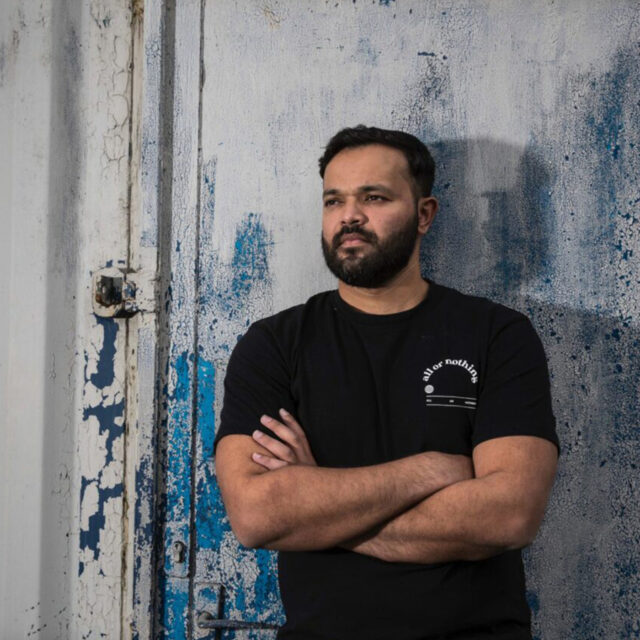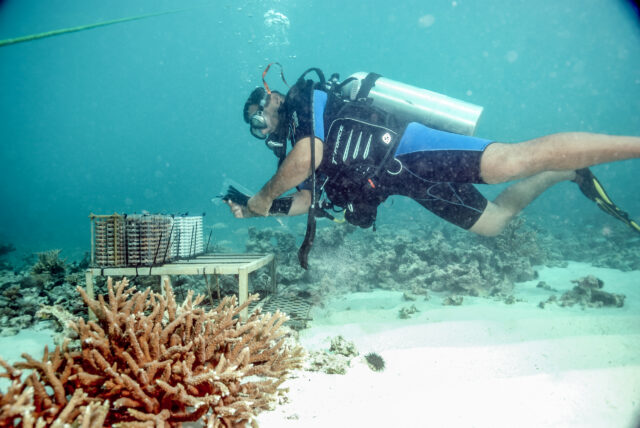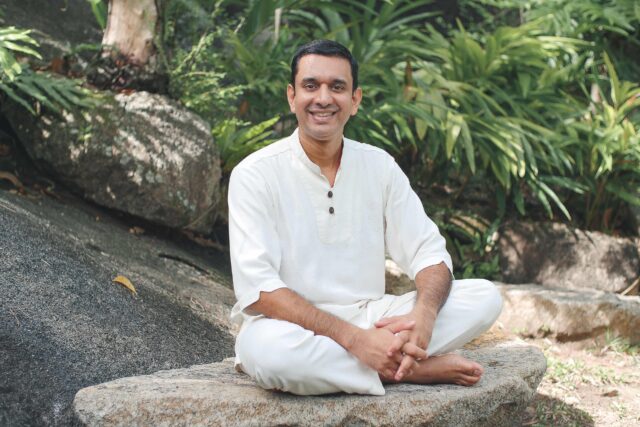Under the new banner “I am and I will,” the Union for International Cancer Control (UICC) is putting the emphasis on everyone, from individuals up to governments, to push for screening and early detection and diagnosis of cancer – measures that could save up to 3.7 million lives every year.
There were more than 18 million new cases of cancer diagnosed globally last year. According to the UICC, when cancer is detected at an early stage – and when coupled with appropriate treatment – the chance of survival beyond five years is dramatically higher than when detected at a later stage when the tumor has spread and the disease is more advanced.
Other issues emphasized by the UICC:
- In the US, the five-year survival rate for women diagnosed with cervical cancer at an advanced stage is just 15 percent, compared to 93 percent when detected early.
- In India, a study among rural women with cervical cancer found the five-year survival rate to be nine percent when diagnosed at stage four, which soars to 78 percent when diagnosed at stage one.
- Early detection also significantly reduces the cost and complexity of cancer treatment. In the US, one study put the national costs savings from early diagnosis at US$26 billion (Dh95 million) per year.
- Childhood cancers are difficult to diagnose but if detected and treated early, are curable at a rate of 80 percent.
- Other barriers include everything from masculine gender norms – combined with a broader lack of men’s health promotion – to poor health awareness and feelings of shame and fear and poor health awareness.
- In 2018, a UK report found one in four people would not seek medical attention after discovering a potential cancer symptom for fear of what the diagnosis would be.
- In Bangladesh, a survey of breast cancer patients reported that almost half of respondents first sought alternative treatment before seeking conventional medical advice, resulting in a four-month delay
- In the UK, a study found that most people present cancer signs or symptoms at the primary care level in the year before their formal cancer diagnosis.
- Low-income countries face more late-stage diagnoses, with just 35 percent having access to the necessary follow up pathology services compared to 95 percent of high-income countries.
Featured photo: Union for International Cancer Control






